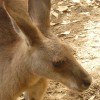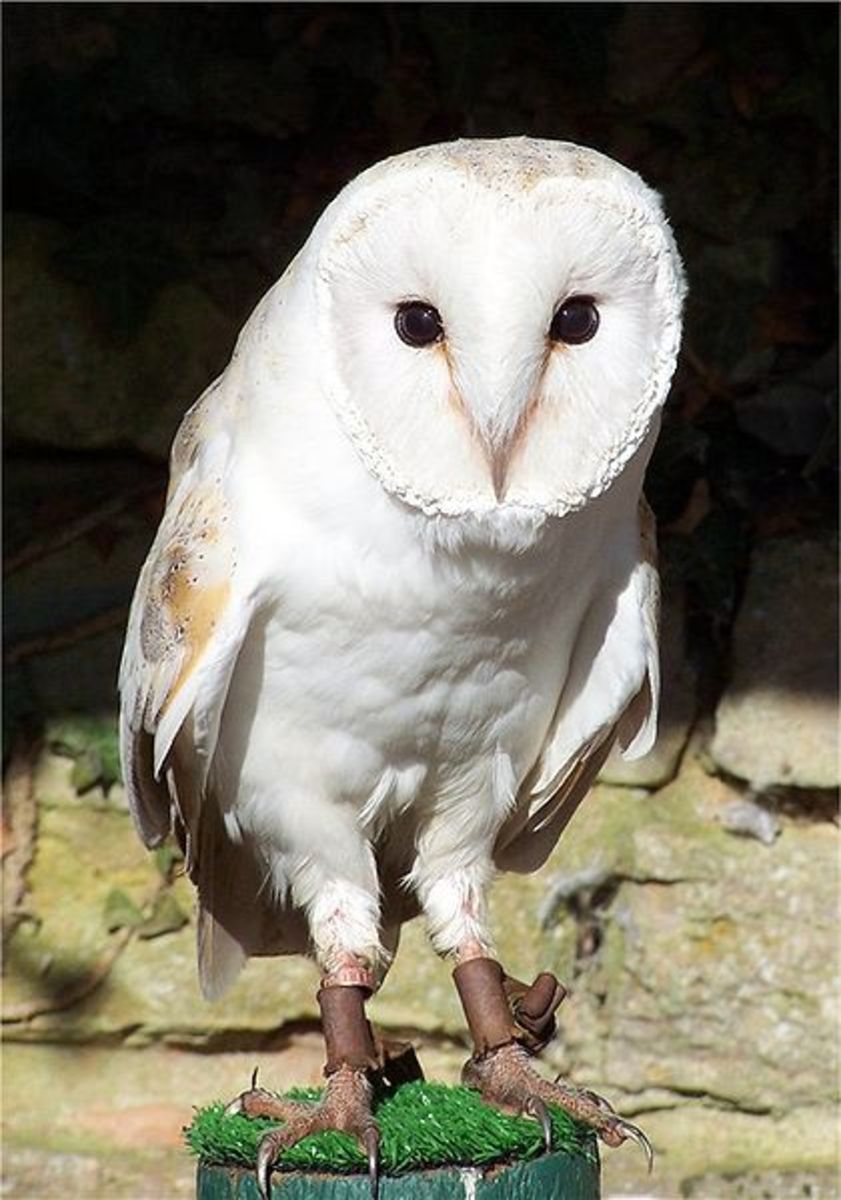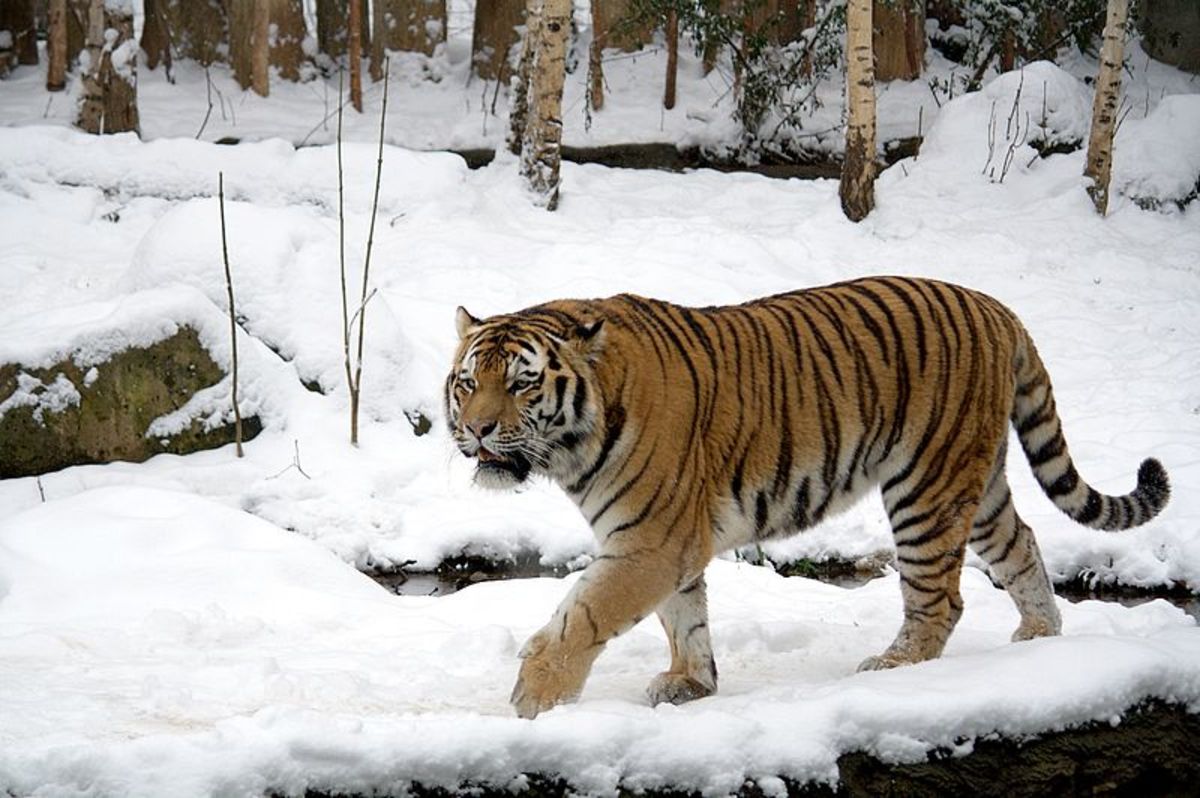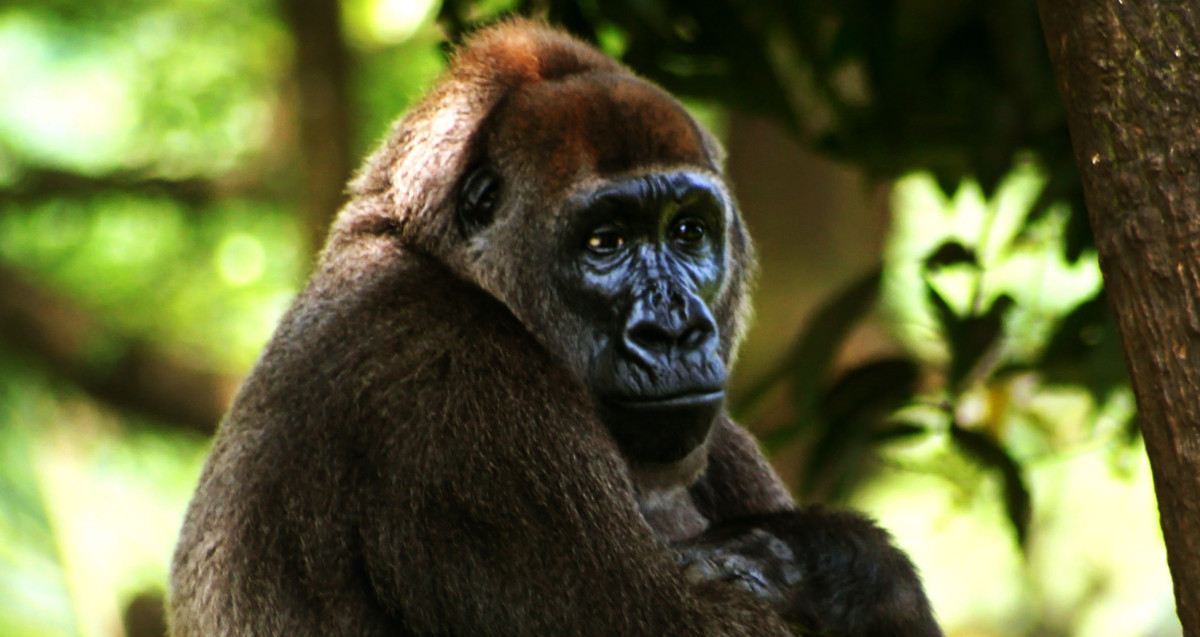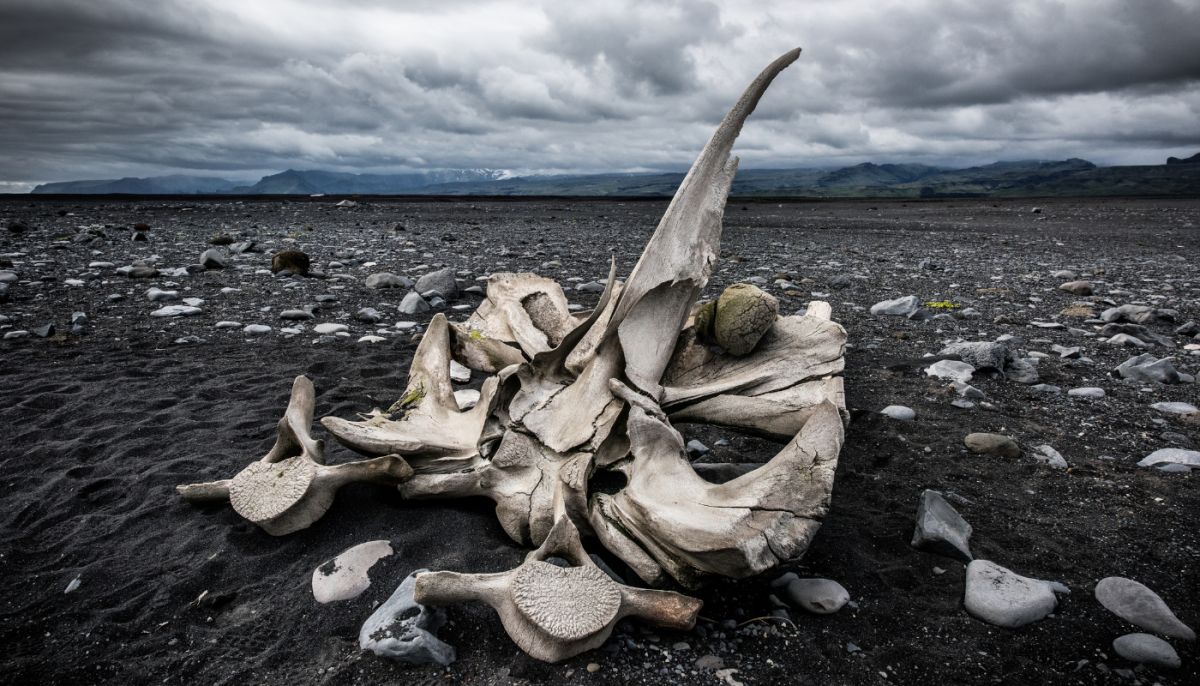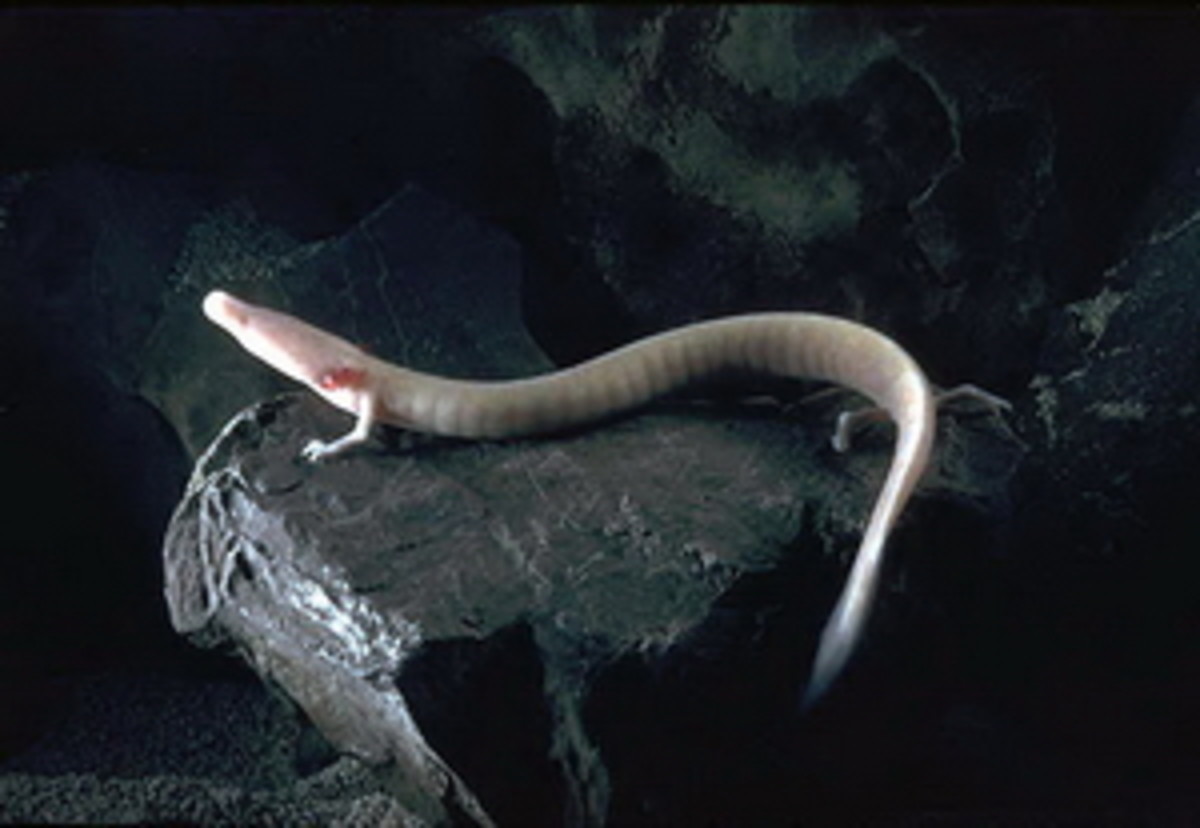- HubPages»
- Education and Science»
- Life Sciences»
- Endangered Species
Endangered Species Australia – Saving Northern Quolls
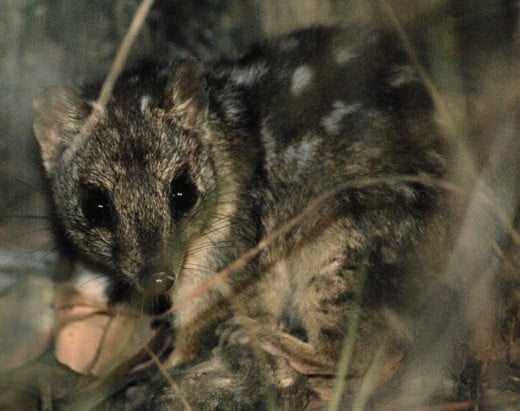
Australia is home to a unique group of animals called marsupials, which give birth to their young at a very early age and then suckle them in a pouch until they have developed enough to come out into the big wide world. But like animal species all over the world, many of these marsupials are in trouble; their habitat is being destroyed and their numbers are sharply declining. One of these Australian marsupials under threat is the northern quoll.
They are not as famous as the iconic koalas, kangaroos and wombats so you may not even have heard of them before, but like all animals they form a vital part of their native eco-system and if northern quolls became extinct it would be a tragedy. They are part of the Dasyuridae family and their scientific name is Dasyurus hallucatus. It may also surprise you that they are carnivores and hunt for insects, small mammals and reptiles during the hours of darkness. Because they are largely nocturnal, your best chance of spotting one in the wild would be at sunrise or sunset. But probably the best place to get a good look at a northern quoll would be in the nocturnal house at one of Australia’s wildlife parks or zoos.
Northern quolls are attractive animals, around the size of a possum or domestic cat, with pointed faces and very big eyes and ears. They are the smallest of the quoll species found in Australia and have greyish-brown or brown coats, white spots on their back, a sparsely furred tail and a creamy coloured belly. The females do not have a true pouch like a kangaroo, but when they have mated they form a flap of skin which helps to secure the baby quolls to their mother’s teats after they are born. They stay attached for around ten weeks and then spend another few months suckling from their mother in the nest.
They are ready to breed at about a year old and the poor old male northern quoll usually dies quite soon afterwards. The females live a bit longer, but generally only for a couple of years and so can only produce a couple of litters in their lifetime as they only mate once a year. They do give birth to fairly large litters and have on average six or seven young, but around one third of the infant quolls do not survive to adulthood. This low rate of reproduction is one of the reasons quoll populations find it hard to bounce back. Introduced rodent species mature very young and can have multiple litters a year, so overtake habitat and food sources needed by the quolls.
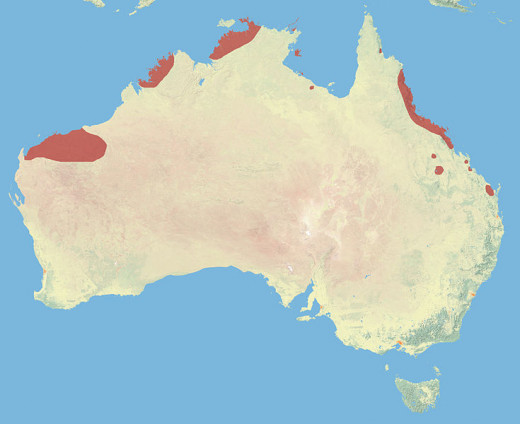
The habitat they thrive in is open woods or forests with plenty of hollows, crevices and nooks to nest in. They are very well adapted to climbing trees, but are just as happy foraging on the ground. They have also been found in some urban areas, sugar cane fields and mangrove swamps. They are solitary creatures unless they are mating or a female is rearing youngsters.
They were once found across a wide range from Western Australia across the Top End and down the coast of Queensland. But now these populations are fragmented due to human disturbance such as urbanisation, mining operations, roads, pollution, agriculture and deforestation. In Queensland their conservation status is listed as ‘Least Concern’ under the Nature Conservation Act 1992, but nationally they are listed as ‘Endangered’ under the Environment and Biodiversity Act 1999.
This fragmentation of populations is one of the big threats to the northern quolls as it leads them to cross busy roads in search of mates or territory, many being killed in the process. It can also potentially lead to interbreeding if a local population becomes too small and isolated, weakening the health of the quolls and the gene pool. Inappropriate fire regimes have also destroyed their habitat and investigations are taking place in areas with fire regimes as to whether the local northern quolls survive and whether they return after the fire burns out.
Because they are predators, some farmers also regard the quolls as a nuisance and a danger to their poultry. The Wildlife Preservation Society of Queensland has been running ‘Quoll Discovery Days’ to try to raise awareness of this carnivorous marsupial’s plight and one of the recommendations they are making is for people to construct their poultry yards so they are quoll-proof, rather than trying to kill them if they attack the hens. If farmers are using poison rodent bait they also being encouraged to use a brand that does not kill northern quolls. Landowners are also being urged to leave some of their property as native bush and ensure there are enough places for quolls to build their nests in.
But by far and away the biggest threat the northern quolls face is from other introduced animals. Wherever humans settle they bring their pets and the arrival of domestic cats and dogs has proved lethal for many of the smaller Australian marsupials, not just the northern quolls. Pet owners could do local wildlife a great service by keeping their animals inside or restrained at night when many of these marsupials are active and looking for food.
But the northern quoll’s ultimate nemesis has to be the cane toad, a species introduced into Australia in 1935 to control a beetle pest in the sugar cane fields. The cane toad very quickly felt at home in Australia and started breeding in huge numbers. It has now spread over huge swathes of the north and is poised to invade Western Australia over the next couple of years. Ironically, the cane toads proved to be useless against the pest they had been brought in to eradicate and unfortunately for Australian predators their flesh is toxic, so generally kills any animal that eats it. Because the quolls did not evolve alongside the cane toads they have not learned to avoid eating them and, as they more often than not die after eating one, they do not learn the lesson and cannot pass it on to their offspring.
But, remarkably, help with the cane toad problem is at hand for the northern quolls. The University of Sydney has initiated a programme of ‘aversion therapy’ for the carnivorous marsupial led by Dr Rick Shine and Dr Jonathan Webb. They came up with the idea of training the quolls not to eat cane toads by feeding them with meat that will not kill them but does make them sick for a few days. Working at The Territory Wildlife Park they selected 62 young quolls from the captured breeding and reintroduction programme and started feeding them on cane toad flesh that had the deadly toxins removed and a much milder, nausea inducing, poison inserted.
The quolls proved to be quick learners and for some it only took one incidence of sickness and discomfort to learn to avoid the food. They were fitted with radio tracking collars before being released and many of them have survived well in areas where there are also plenty of cane toads, proving they are now avoiding this former lethal food source.
The Territory Wildlife Park captive breeding programme has also been a success and they have had more than five hundred live births since 2005. They work in conjunction with the Island Ark Project and when the quolls are old enough they release them on offshore Australian islands that retain their pristine native eco-systems and are cane toad free.
Amazingly there are still new northern quoll populations being discovered. Recently a group of these endangered marsupials has been observed on an island called Molema situated off the coast of the Kimberley in Western Australia that have never been recorded before. Molema Island is included in the proposed Horizontal Falls National Park, and finding such a valuable new population of endangered animals shows how important it is to protect pristine island eco-systems which have never been exposed to mainland invasive species or other threats.
Although northern quoll numbers have plummeted, there are hopeful signs that they can be successfully conserved and their numbers built up again. The loss of any species is a tragedy for our planet, so we need to do as much as we can and put the necessary resources into protecting endangered species and protecting their habitat. Invasive species, such as the cane toad, are a huge problem worldwide and cost economies billions of dollars every year. How you manage them in a humane way while protecting local wildlife is another issue most countries are facing. There are enormous conservation challenges across the globe, but if we do not meet them we risk losing even more precious, unique species like the northern quoll every year.
Northern Quoll image Wildlife Explorer Wikimedia Creative Commons Attribution 3.0 Unported
Northern Quoll Distribution Image Nrg800 Wikimedia Creative Commons Attribution 3.0 Unported
Sources:
Wikipedia - Northern Quoll - http://en.wikipedia.org/wiki/Northern_quoll
The Guardian - Endangered Quolls found on island - http://www.theguardian.com/environment/2014/jun/05/endangered-quoll-discovered-on-western-australian-island
Threatened Species Queensland - http://www.ehp.qld.gov.au/wildlife/threatened-species/endangered/endangered-animals/queenslands_quolls.html
Benvironment - Northern Quoll - http://benvironment.org.uk/post/38464805928/northernquoll
Sydney University - http://sydney.edu.au/science/biology/shine/people/profiles_staff/webb_jonathan.shtml
© 2014 AnimalWrites
